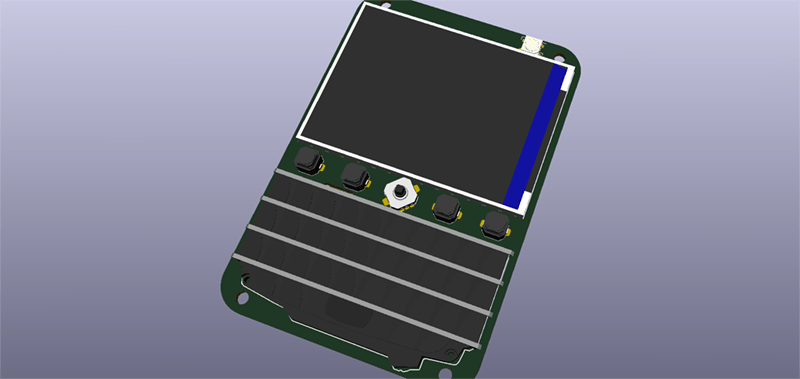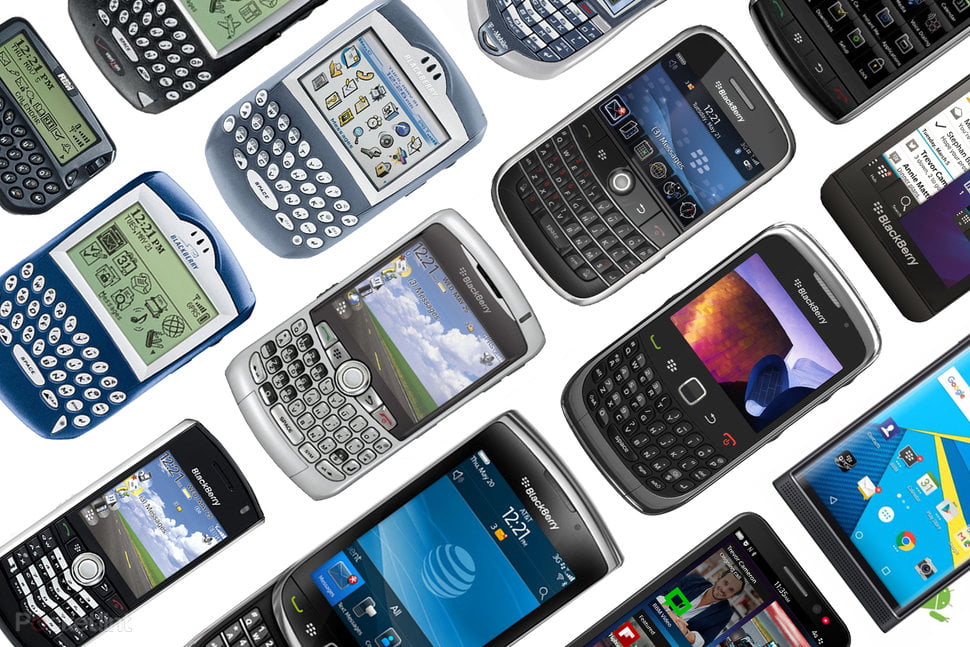
The keyboard is a superior means of input, but to date no one has really figured out how to make a keyboard for small, handheld electronics. You could use tact switches, but that’s annoying, or you could use a touch screen. The best option we’ve seen is actually a Blackberry keyboard, and [arturo182] has the best example yet. It’s a small handheld device with a screen, keyboard, and WiFi that’s ready to do anything imaginable. Think of it as an Open Source Fauxberry. In any case, we want it.
This project is actually a breakout board of sorts for the Adafruit Feather system, and therefore has support for WiFi, cellular, or pretty much any other networking of connectivity. To this blank canvas, [arturo] added an accelerator/magnetometer sensor, a single Neopixel, and of course the beautiful Blackberry keyboard. This keyboard is attached to an ATSAMD20G, a microcontroller with a whole bunch of I/O that translates key presses into I2C for the Feather.
Aside from that, there’s also a gigantic screen to display just about anything you would want in a portable computing device. There’s still a bit more work to do on this project, most notable figuring out where the battery goes, but [arturo] is developing everything in a livestream, someting we love to see as it really puts a focus on how much effort goes into making custom hardware.
[“source=hackaday”]




